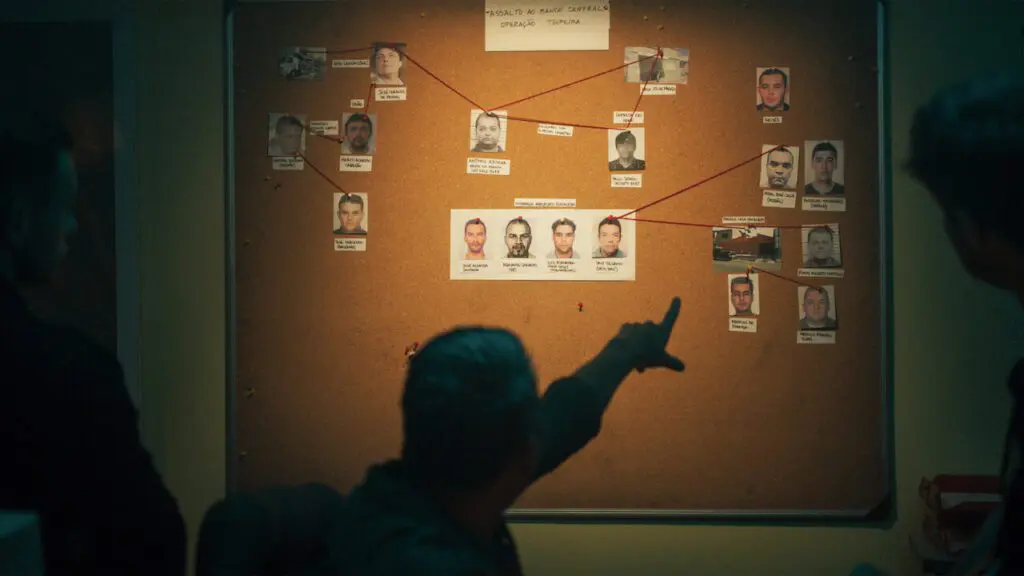Summary
A lengthy, boring account of one of the biggest bank heists of all time.
This review of the Netflix true crime series The Great Robbery of Brazil’s Central Bank contains spoilers.
As Netflix grew so did its need for content. The docuseries genre, which started for Netflix with the release of Making a Murderer back in 2018, quickly expanded from a couple of shows a year to well over thirty. This extensive quantity may seem absurd, but these miniseries’ are cheap to make and have a history of drawing in a profitable viewership. 2022 has already seen an abundance of true crime shows and The Great Robbery of Brazil’s Central Bank is just another one thrown onto the heap.
This three-part series tells the true story of the biggest bank heist in Brazilian history, which involved the robbery of over 160 million, when a group of criminals dug a tunnel directly into the bank vault, back in 2005. This truly makes for a real-life version of Money Heist. The gang rented a nearby house and tunneled ninety yards underground to infiltrate the bank in Fortaleza.
Each episode in this series is an hour in length and the show splits the story into three sections. Episode one focuses on the crime itself and the initial fallout of this record-breaking theft. It makes for an exciting introduction with cinematic reconstructions of the robbery. There are the well-lit, intricate tunnel systems themselves and some nice slow-motion shots as the bank notes go flying everywhere in the thieves’ haste. They moved around three and a half tonnes of cash through a tight hole, stealing used bills instead of the fresh new ones, which were traceable. This was meticulously planned and even the officers involved seemed impressed by the scheme. The heist became a global news story and the docuseries cuts between news footage, interviews, and those intriguing reconstructions.
In the second episode, the filmmakers track the actual hunt for the criminals. They explain how the crime was orchestrated, using animated sequences, like blueprints, of the route the bandits took through the tunnels. The detectives unravel the case by joining the dots, looking for patterns, and finding startling similarities between this and another Brazilian bank heist.
Episode three concludes the case, following the gang of thieves and their unfortunate demise. As news traveled, the fugitives became targets for other criminals and they were either kidnapped for ransom or killed in suspicious circumstances. The police explain how this heist opened up a whole network of criminality and the series finishes with the final, shocking statistics on the matter.
At three hours in length, this is a tedious watch, a series that needed some serious editing down. The show would have worked much better as a one-off documentary but is unnecessarily long instead. It is well made though with moments of intrigue, but overall it makes for a dull affair. They took an exciting movie concept and squandered this potential with sheer overkill.
What did you think of the Netflix true crime series The Great Robbery of Brazil’s Central Bank? Comment below.




